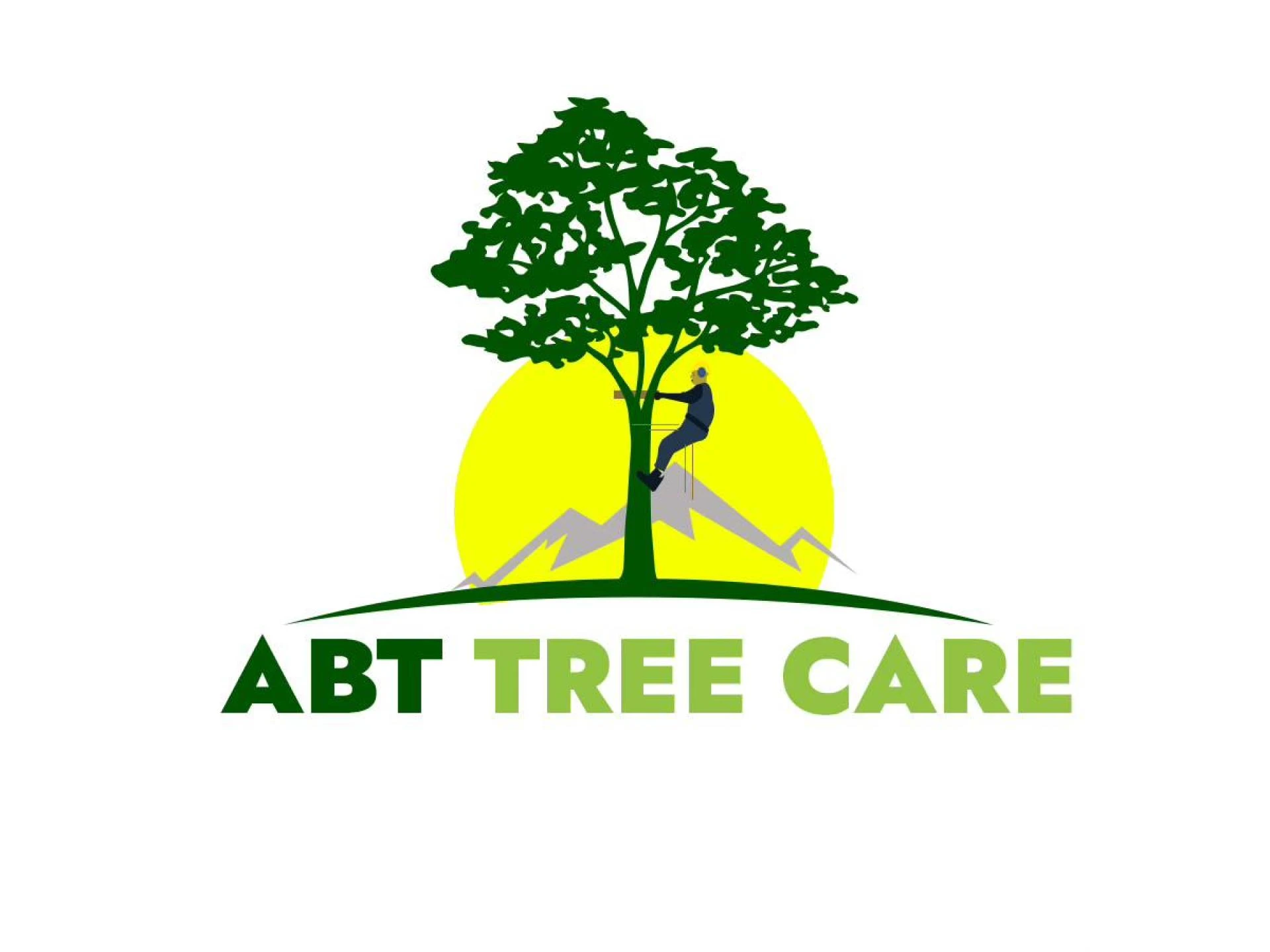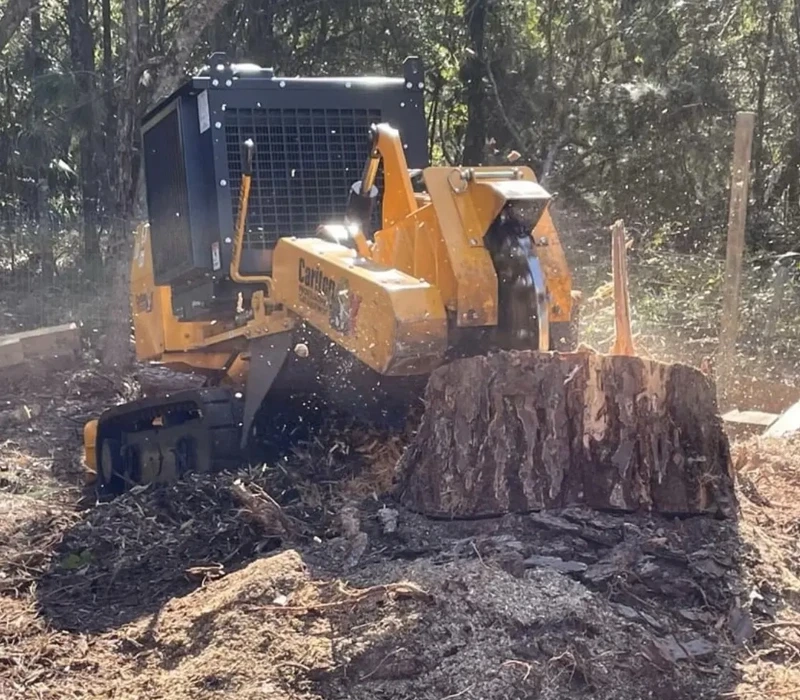Land clearing might sound like a straightforward process—just cutting down trees or removing brush—but in reality, it’s a critical first step in preparing land for any number of uses. From residential development and commercial construction to farming and landscaping, land clearing plays a foundational role in transforming raw, overgrown property into usable, functional space.
In this article, we’ll dive into what land clearing really involves, the different methods used, and why it’s such an essential service for property owners, developers, and communities.
What Is Land Clearing?
The Basic Definition
Land clearing is the process of removing trees, shrubs, stumps, rocks, and other obstacles from a piece of land. This prepares the area for construction, agriculture, or aesthetic purposes. Clearing can also involve grading and leveling the soil to ensure it’s safe and functional for the next phase of development.
Common Land Clearing Projects
Land clearing is used for many types of projects, including:
- Building homes or commercial structures
- Creating pasture or farmland
- Preparing sites for landscaping or gardening
- Removing hazardous trees or dead vegetation
- Reducing fire risk in wooded areas
Depending on the size of the area and the purpose, the process can range from light brush removal to large-scale tree and stump removal.
Why Is Land Clearing Important?
1. Prepares Land for Development
Whether you’re building a house, installing a pool, or expanding your backyard, land must first be cleared and leveled. Construction equipment can’t operate safely on uneven, overgrown ground, and neither can workers. Land clearing ensures a safe, flat surface for foundations, utilities, and other construction essentials.
2. Prevents Pest Infestations
Overgrown areas with dense vegetation are ideal breeding grounds for pests like mosquitoes, termites, rodents, and snakes. Clearing out these areas helps prevent pest problems from spreading to nearby homes and structures, making your property safer and more comfortable.
3. Improves Soil Health
Dead or decaying trees, invasive species, and weeds can negatively impact soil quality. Land clearing removes harmful vegetation and gives you the opportunity to plant healthier crops or grasses. Techniques like forestry mulching even return organic material to the soil, improving nutrients naturally.
4. Enhances Property Appearance
A well-cleared piece of land not only looks better—it also adds to the overall property value. Curb appeal is especially important if you plan to sell the property or build on it. A clean, maintained space gives potential buyers and builders a better first impression.
5. Reduces Fire Hazards
In dry climates, overgrown land can be a serious fire risk. Fallen branches, thick brush, and dry grasses are all highly flammable. Land clearing reduces this risk by removing the fuel that wildfires feed on. Many homeowners near wooded areas clear land specifically for fire prevention.
Methods of Land Clearing
There’s no one-size-fits-all approach to land clearing. The right method depends on the size of the land, what’s growing on it, and the intended use of the space.
Manual Clearing
This is the most labor-intensive method and usually involves hand tools like chainsaws, axes, and shovels. Manual clearing is ideal for small areas or selective clearing projects, like removing a few trees or prepping a garden area.
Mechanical Clearing
This method uses heavy machinery like bulldozers, excavators, and brush mowers. It’s fast, efficient, and best suited for large-scale projects or when the land is densely overgrown.
Forestry Mulching
Forestry mulching is an eco-friendly method that uses a single machine to cut, grind, and clear vegetation. The resulting mulch is left on the ground, which helps prevent erosion and adds nutrients back into the soil. It’s a popular choice for landowners who want to clear without damaging the environment.
Controlled Burning
In some cases, controlled burning is used to clear land quickly. This technique is heavily regulated and must be conducted by professionals with the proper permits and safety procedures. It’s often used in agricultural settings.
Considerations Before Clearing Land
Local Regulations and Permits
Before starting any land clearing project, it’s essential to check local ordinances. Many cities and counties require permits, especially if trees are being removed or if the property is near wetlands. Failing to follow local laws can result in fines or project delays.
Environmental Impact
Land clearing can impact wildlife habitats and water systems. That’s why it’s important to choose a responsible contractor who considers the environmental impact and uses sustainable clearing methods when possible.
Budget and Timeline
Costs for land clearing vary depending on the size of the land, the method used, and how much vegetation needs to be removed. Always get a clear estimate from your contractor and discuss the expected timeline for completion.
Professional Land Clearing vs. DIY
While small, simple projects can be handled by property owners, most land clearing jobs require heavy equipment and experience. Hiring a professional ensures the job is done safely, efficiently, and in compliance with local regulations. Professionals can also help with grading, drainage, and even erosion control.
Final Thoughts
Land clearing is a crucial step in transforming undeveloped land into usable property. Whether you’re planning a construction project, improving your landscape, or simply making your property safer, land clearing provides the clean slate you need to move forward with confidence.
By understanding what’s involved, choosing the right method, and working with experienced professionals, you can ensure your land clearing project is a success—both for your property and the environment.


